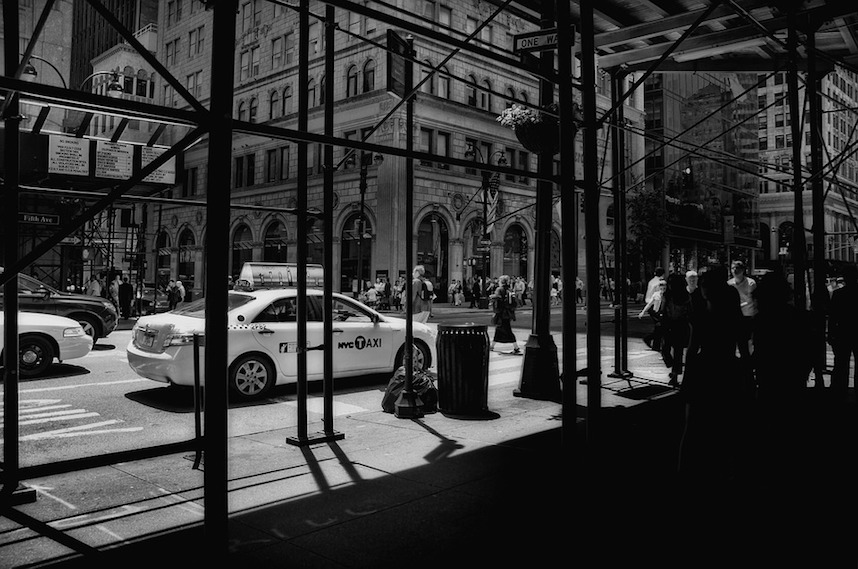Scaffolding and green makeshift “sidewalk sheds” seem to be everywhere in New York, and in some places, around forever. A Manhattan city council member is pushing a bill that would limit the amount of time a scaffold can be in place. Council Member Ben Kallos introduced legislation Tuesday that would give building owners up to six months to finish repairs and take scaffolding down. If there is no construction done in a week, the bill would also require the scaffolding to be taken down. “Sidewalk sheds are like the once welcomed house guest that never leaves,” Kallos said. “While we need them for safety during construction, that construction must happen immediately, and then it is time for that sidewalk shed to come down. It’s time to change the city landscape by removing the swarm of sidewalk sheds that blight our neighborhoods.” The bill would set a 90-day deadline for building owners to fix a dangerous condition, according to Kallos’ office. Another 90 days could be requested if an extension is required.
After the deadline, the city would finish the construction work or repairs and the building owner would have to foot the bill.
If construction is halted for seven days or more, the scaffolding would have to be removed, if the bill passes.
Joseph Soldevere, a spokesman for the Buildings Department, called Kallo’s proposal “well intentioned,” but told The New York Times that the problem is “tough.”
Frank Ricci, the director of governmental affairs for the Rent Stabilization Association, seemed to echoed that sentiment.
“Nobody wants to leave up sidewalk sheds for longer than they have to,” Ricci told The New York Times. “The bottom line is sometimes it’s cheaper, and safer, to leave up the sidewalk sheds than to do the repairs because the repairs can go into millions of dollars.” Nearly 9,000 scaffolds currently “entomb” the city sidewalks, according to Kallos.
Scaffolding was made a requirement in the 1980s after a falling piece of terra cotta killed Grace Gold, a Barnard College student, in Manhattan, the Times reported.
Sidewalk scaffolding put on notice

Pixabay


















